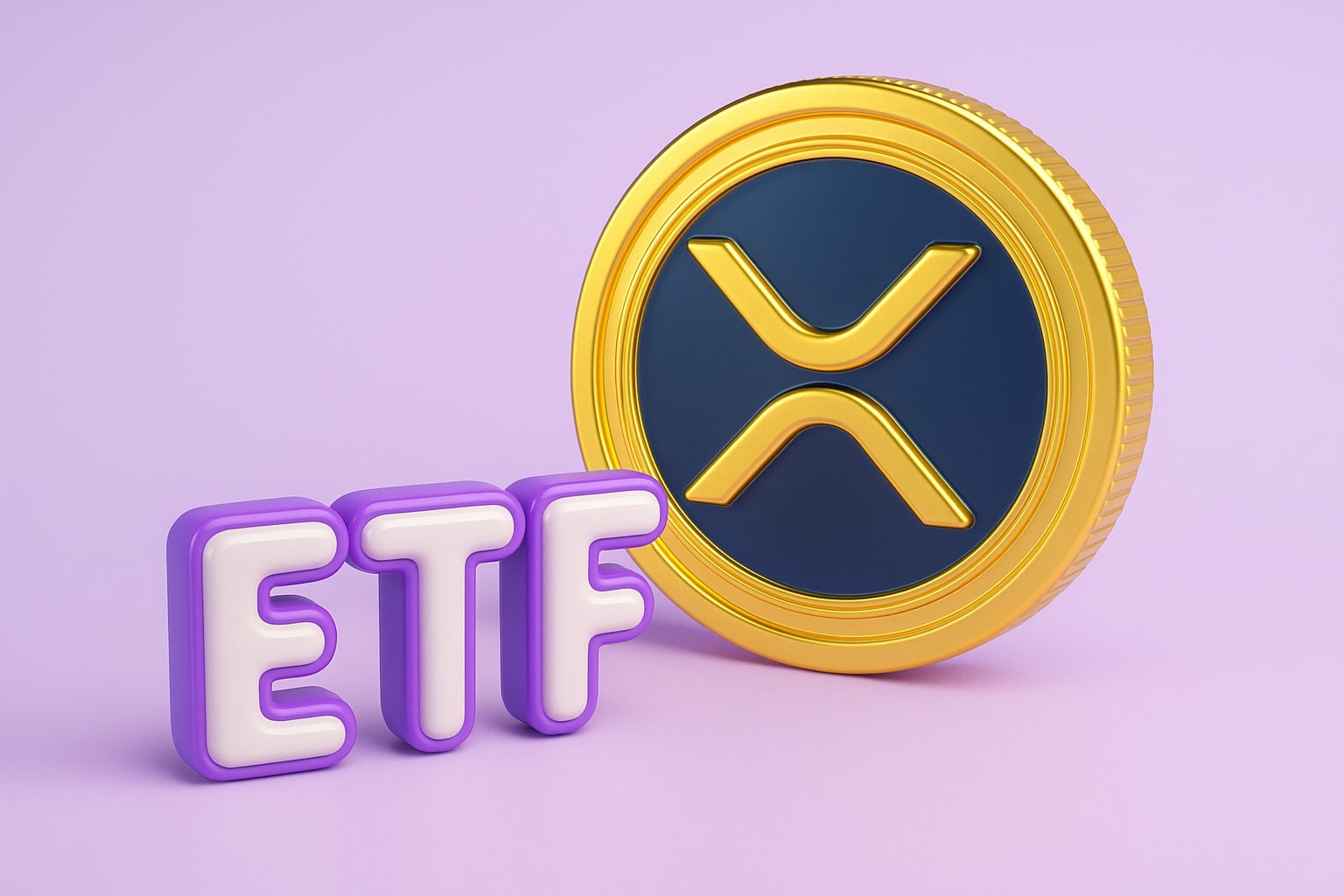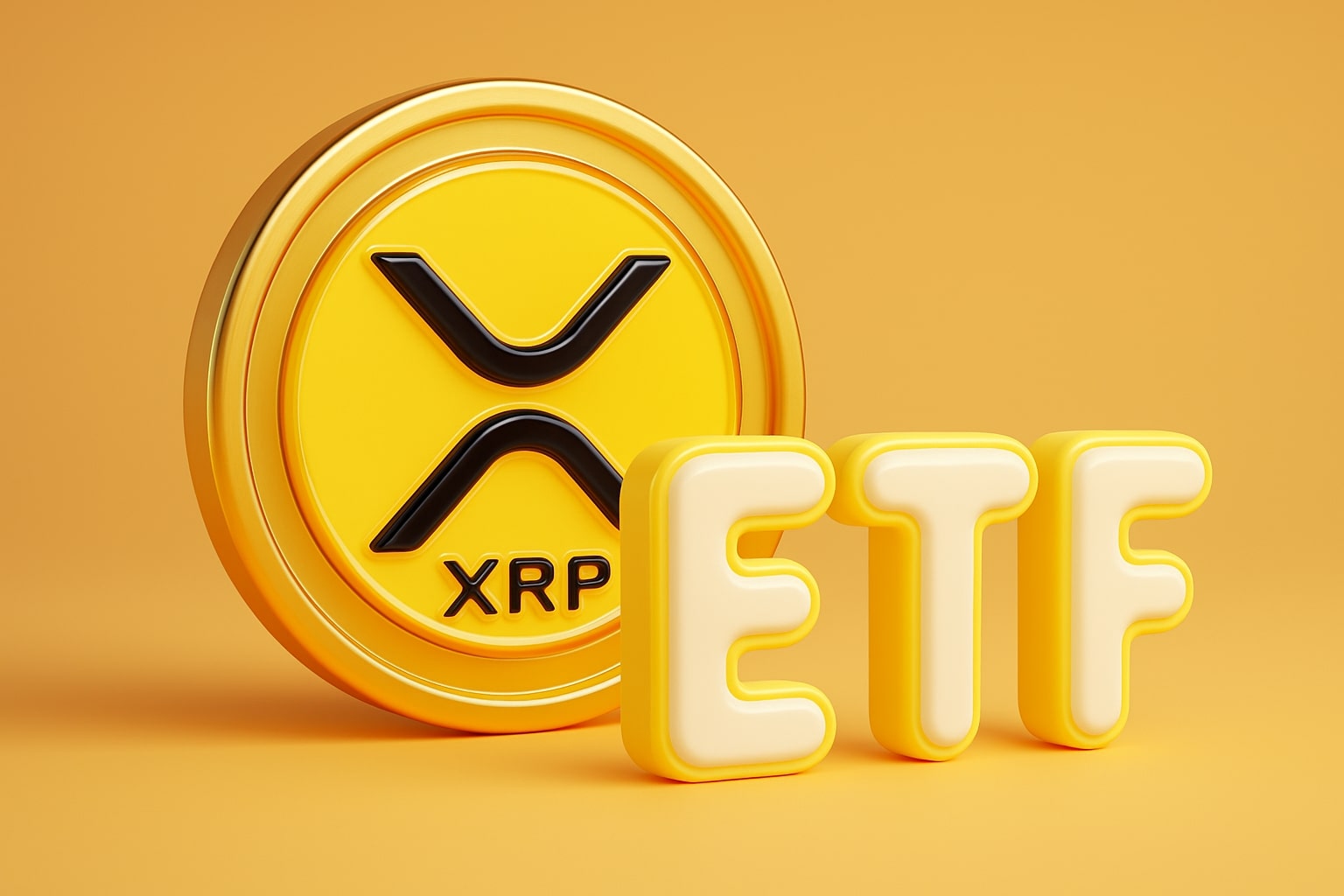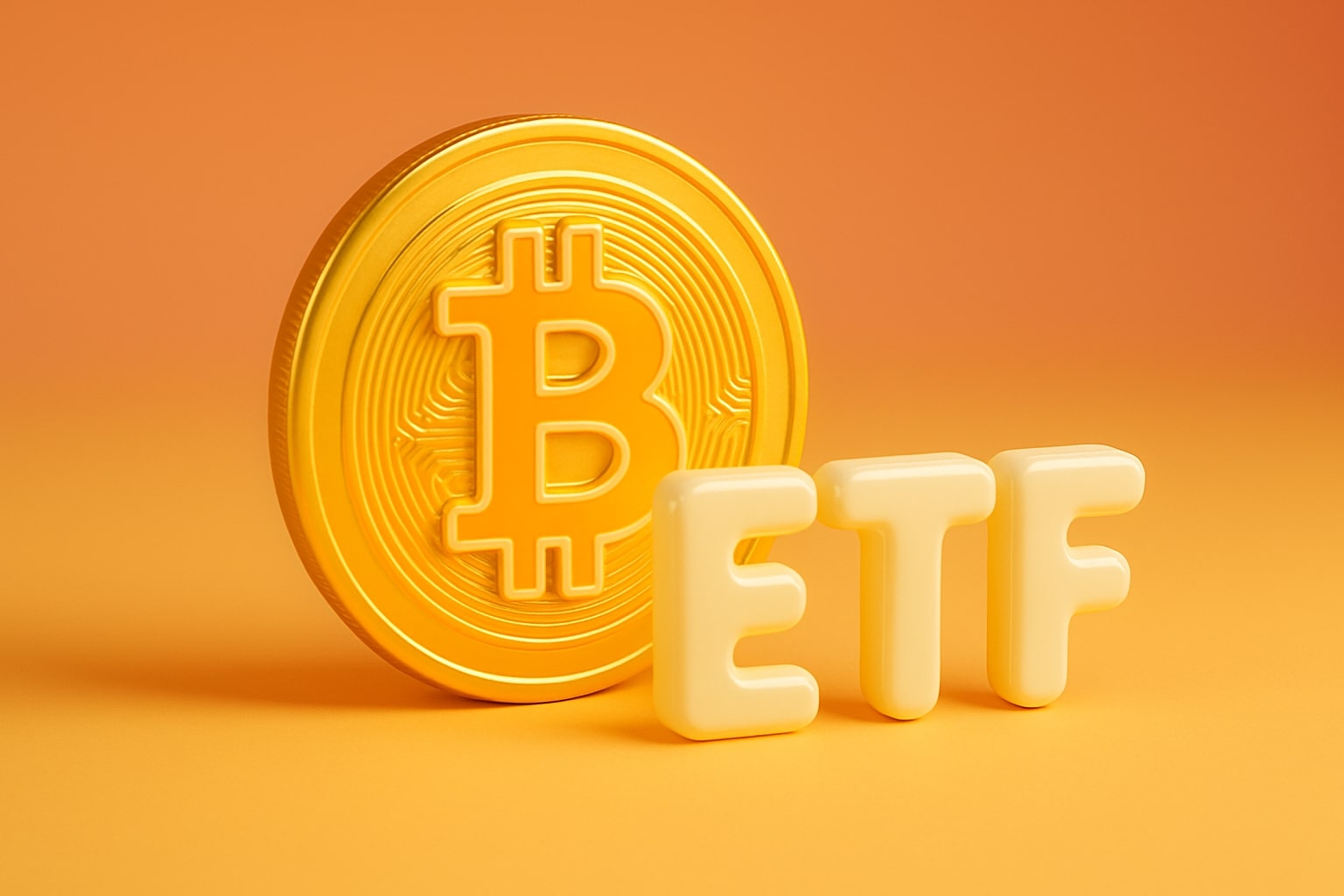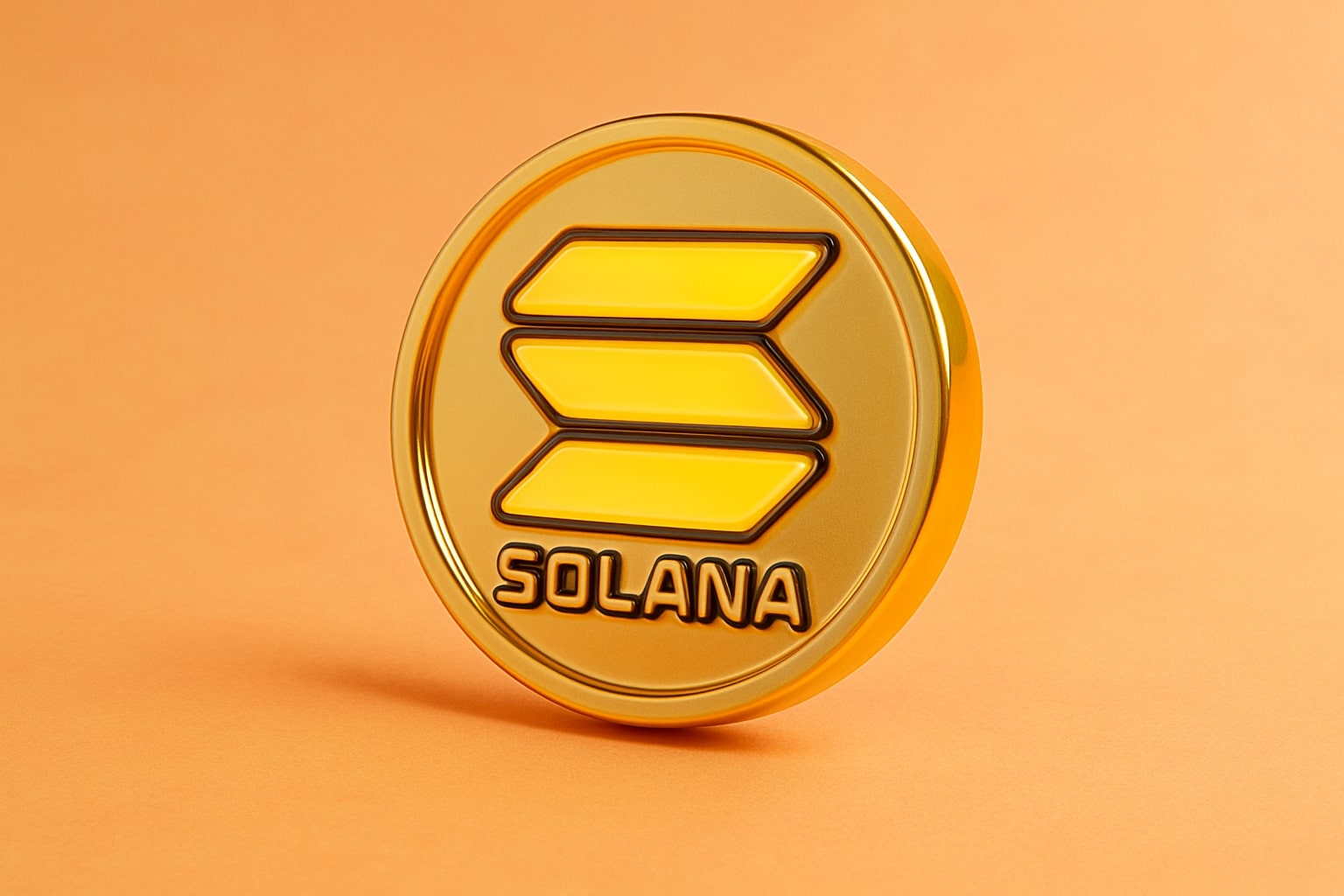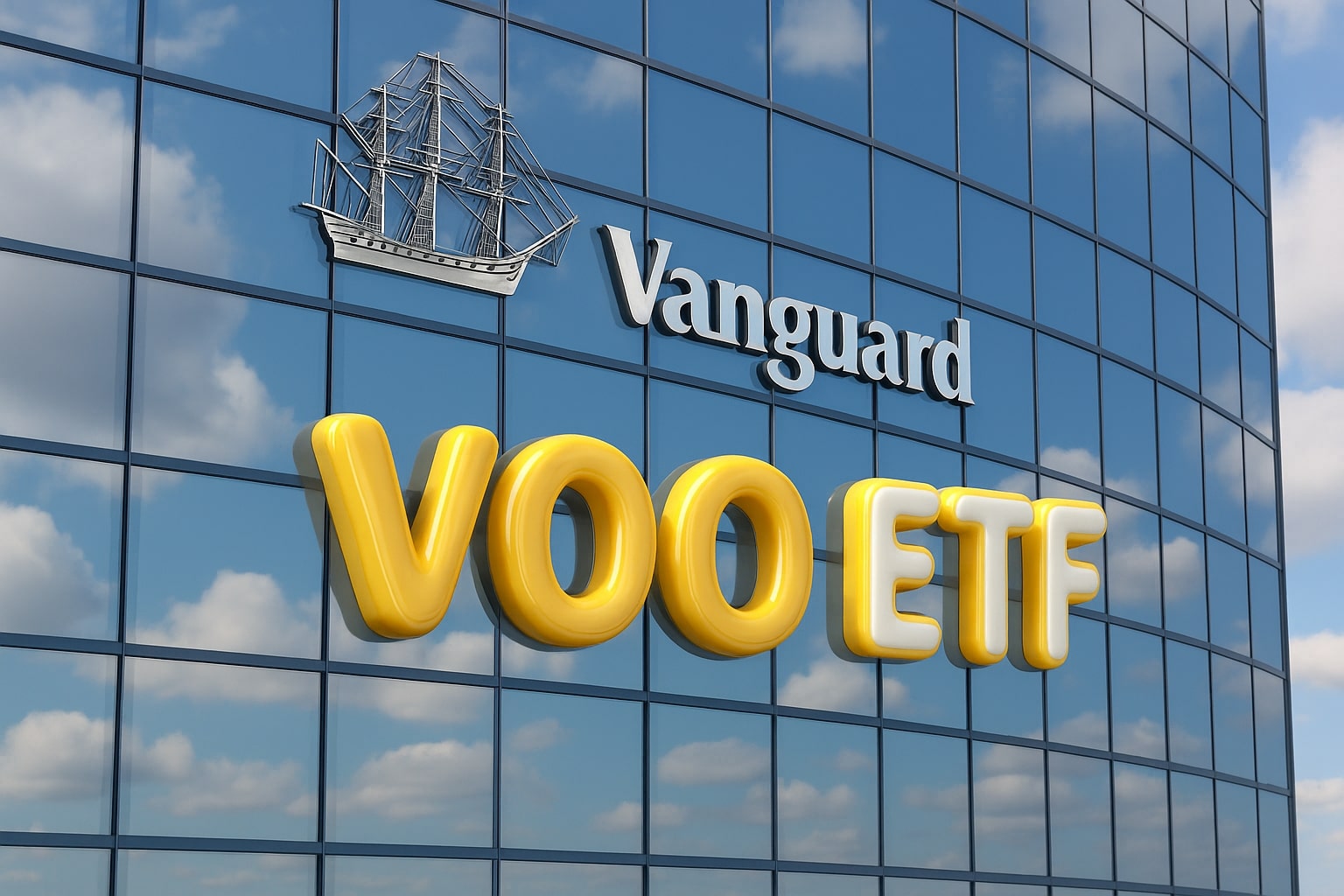The debut of spot XRP exchange-traded funds (ETFs) remains one of the most transformative milestones in the evolution of digital assets — even as XRP (USD:XRP) eased 3.6% today to $2.33, reflecting natural consolidation after weeks of strong institutional inflows. The simultaneous rollout of BlackRock’s iShares XRPI, Fidelity’s XRPR, and VanEck’s XRPL has brought XRP to Wall Street’s mainstream stage, signaling deepening institutional adoption, regulatory clarity, and global financial integration.
Despite today’s pullback, the ETF-driven momentum remains remarkable. In less than a month since approval, total assets under management across the three spot XRP ETFs have exceeded $1.9 billion, making it one of the fastest-growing digital asset launches since spot Bitcoin ETFs earlier this year. Combined average daily volume has topped $410 million, according to Bloomberg data, underscoring enduring liquidity and professional investor participation.
BlackRock’s XRPI continues to dominate inflows with $960 million, followed by Fidelity’s XRPR ($620 million) and VanEck’s XRPL ($350 million). Institutional participation accounts for over 60% of the total, led by pension funds, multi-strategy hedge funds, and family offices diversifying beyond Bitcoin and Ethereum.
While XRP’s price has corrected from recent highs, it remains up more than 85% year-to-date, supported by persistent net exchange outflows — totaling 310 million XRP in recent weeks — as whales and institutions move holdings into cold custody. On-chain data confirms a 17% increase in whale accumulation, suggesting that large investors are treating this pullback as a reaccumulation phase rather than a reversal.
Ripple’s Chief Legal Officer Stuart Alderoty called the ETF approvals “the point of no return for XRP’s integration into the regulated financial system.” Following Ripple’s 2024 SEC settlement, these ETFs mark the first non-Bitcoin, non-Ethereum spot products approved under full U.S. securities oversight — setting a regulatory precedent for other utility-based cryptocurrencies.
Institutional analysts share a similar view. A recent Goldman Sachs report noted that XRP’s correlation with Bitcoin dropped to 0.68, the lowest in two years, implying that ETF demand is being driven by utility exposure and payment infrastructure rather than speculative momentum. “This is not a hype cycle — it’s a structural shift toward tokenized payments and liquidity markets,” Goldman wrote.
Each ETF maintains 1:1 physical XRP backing under Coinbase Custody and BitGo, with daily transparency and no synthetic derivatives, and a competitive management fee of 0.25% — cheaper than most Bitcoin ETF peers. That structure has been critical in drawing in institutional allocators seeking yield and compliance within the crypto space.
Performance since launch remains solid despite market fluctuations. XRPI rose 14.7% in its first week, while XRPR gained 13.9% and XRPL advanced 12.4%, outperforming the CF Crypto Market Index (+7.8%) during the same period. Platforms such as Charles Schwab, Fidelity, and Interactive Brokers have already enabled ETF trading for qualified investors and 401(k) portfolios, signaling expanding retail accessibility through traditional brokerages.
Ripple’s operational fundamentals continue to justify the institutional case. On-Demand Liquidity (ODL) transactions surged 41% QoQ, with new corridors in Brazil, Singapore, and the UAE driving more than $2.7 billion in monthly volume. Ripple’s B2B remittance clients — including global payment providers and regional banks — are increasingly leveraging XRP as a settlement bridge, reinforcing its dual nature as both an infrastructure asset and investment vehicle.
From a market structure perspective, ETF demand and utility adoption are now reinforcing each other. As institutional investors gain exposure via regulated funds, liquidity in Ripple’s network grows — creating a feedback loop that strengthens both the token’s price floor and long-term adoption thesis.
JP Morgan expects total XRP ETF inflows to reach $3.5 billion within six months, potentially accounting for 7% of the global crypto ETF market. Cathie Wood’s ARK Invest highlighted XRP’s “unique combination of regulatory clarity and real-world usage” as a key factor positioning it as “the most credible institutional altcoin of 2025.”
Technically, XRP remains above its 200-day moving average ($2.10), indicating a continuing bullish bias despite short-term weakness. Analysts identify resistance at $2.45–$2.55, while support sits near $2.20, where ETF accumulation has intensified. RSI levels near 59 show the correction remains moderate and not indicative of trend reversal, while liquidity depth has improved across Binance, Coinbase, and Bitstamp.
On the corporate side, Ripple’s Q2 revenue reached $2.1 billion, up 32% year-over-year, driven by institutional remittance products and tokenization services. The firm also announced plans to expand Ripple Markets, focusing on custody, stablecoin issuance, and regulatory partnerships to deepen its foothold in cross-border settlements. CEO Brad Garlinghouse remarked that “XRP’s liquidity and compliance framework now bridge capital markets and blockchain finance in real time.”
Still, analysts caution that volatility could persist as arbitrage stabilizes among newly launched ETFs. Bloomberg Intelligence noted that “profit-taking after ETF rallies is typical, but XRP’s institutional base reduces speculative churn.” With over $1.9 billion in long-term allocations and continued growth in real-world usage, XRP’s structural foundation remains robust even during near-term drawdowns.
At $2.33 per token, XRP commands a market capitalization of $126 billion, reaffirming its position as the fifth-largest cryptocurrency globally. The debut of the XRPI, XRPR, and XRPL ETFs has redefined XRP’s market narrative, transitioning it from a remittance token to a core institutional asset within the regulated digital finance landscape.
The broader significance extends across the crypto ecosystem. The XRP ETF framework provides a blueprint for future tokenized assets, merging blockchain transparency with Wall Street’s compliance infrastructure. As institutional inflows continue to rise, XRP’s evolution from legal uncertainty to financial legitimacy marks a pivotal inflection point — one that underscores how utility, regulation, and adoption are converging to define the next chapter of digital asset investing.
That's TradingNEWS














